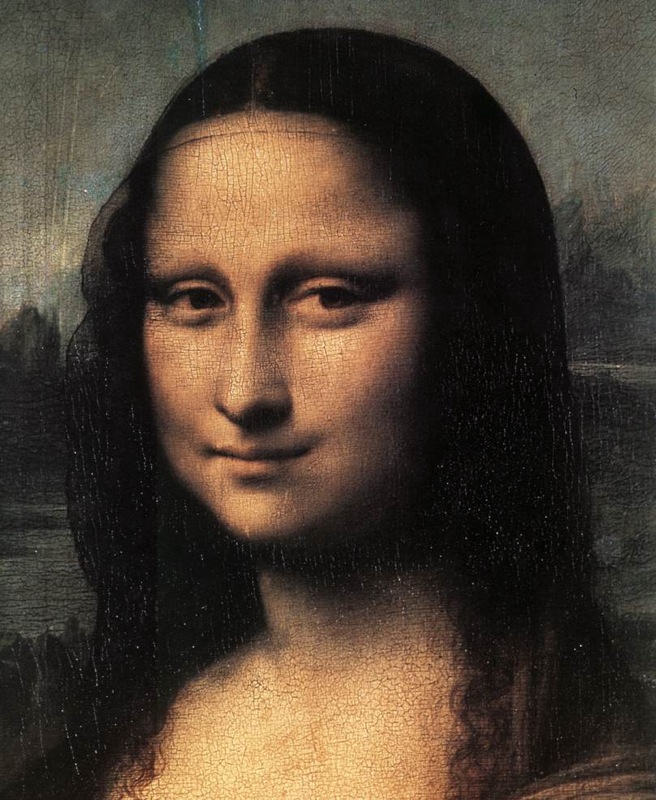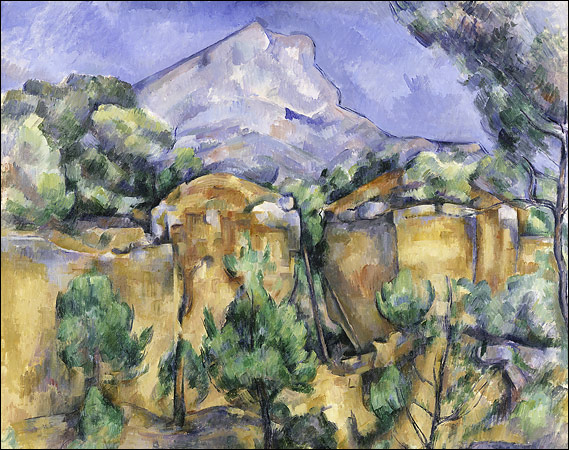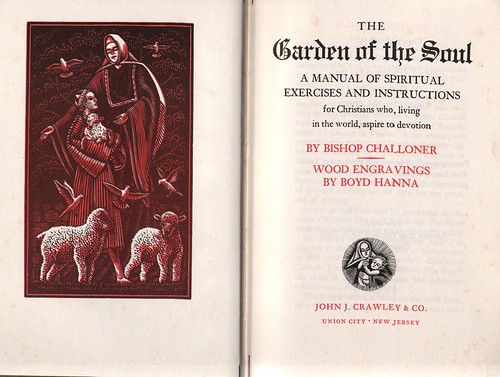
In an earlier post, I put up a link to Roger Kimball's
post reproducing the text of his talk at the Studio School on the New Criterion blog
Armavirumque concerning his head-to-head with the art historian Michael Fried. Kimball's talk takes on the themes of his book—which I have not read but have been vaguely intending to,
The Rape of the Masters—in which he lays out his criticisms of current academic art history, namely in its concern with "theory." Kimball concludes his post with this summation as to the role of the art critic:
In my view, it often happens that the most a critic can do is to remove the clutter impeding the direct enjoyment of art. True, that clutter sometimes includes the debris of ignorance or insensitivity, and in this respect art critics and art historians can provide useful guideposts that make it easier to see the work for what it is. But at bottom, their function is a humble one: to clear away the underbrush that obscures the first-hand apprehension of works of art.
Of course, this modest task has an ambitious corollary motive: namely, to help restore art to its proper place in the economy of cultural life: as a source of aesthetic delectation and spiritual refreshment.This de-cluttering role is the approach that Kimball opposes to Prof. Michael Fried's "academic" art history which rather than clarify, supposedly obscures the work of art under a variety of interpretations—interpretations which expose supposed gender and power relationships or Freudian psychoanalytic undercurrents. Prof. Fried's art history isn't really concerned with anything so mundane—and perhaps more importantly—so subjective as appreciation, but instead is concerned with the arguably more "significant" task of interpretation.
I would like to agree with Mr. Kimball. Lord knows it would probably make my life somewhat simpler. But I find myself in the somewhat unfortunate position of agreeing neither with Mr. Kimball nor with Prof. Fried. Let me attempt, before proceeding further, to summarize what I perceive to be each their basic points of view: On the one hand is the "modernist" view held by Kimball, that the central goal of art history and criticism is apprecation and enjoyment. The connoisseur, that person of ultra-refined tastes and sensibilities leads you, the unrefined viewer, to see what he or she sees and thus identify that work of art with a certain degree of value and worth.
Fried takes the other, so-called "postmodernist" view wherein all systems of value are considered to be relative. Therefore, the art historian cannot possibly undertake the task of encouraging the viewer's appreciation. So instead it sticks to more, if not objective, at least impersonal task of interpreting what the work means. This method is not at all concerned whether or not an artist is "good" or "bad" but rather what the symbols in a given work of art means and where these symbols come from historically and how they relate to other works of art. This works on two levels: On one level the artist employs a set of signs within a work of art that allow it to be understood, for instance two intersecting perpendicular lines can make a cross can refer to aspects of Christian belief; and on the other level, the appearance of crosses in multiple works of art allow them to be grouped together and understood both in terms of similarity and difference.
If this were all that postmodernism was up to, it could hardly be supposed anyone would object. It's purpose is even more ostensibly more humble in so far as it proposes that it is more "scientific" than Kimball's. It is not concerned with saying which work of art has more value than another or even to help the viewer to evaluate (which, by the way, is what appreciate means), but merely to categorize and identify, to apply, so to speak, genus and species to works of art.
The connoisseur is almost always concerned with technique and manufacture; the hisorical critic with symbols and meaning, since they are more classifiable than the vagaries of paint application.
But the guise of science has allowed broad liberties to be taken within the field of art history. Often times, the task of interpretation, as Kimball rightly points out, becomes one of torturing works of art by casting them entirely in terms of psychoanalytic Freudianism. In fact, much of art history is steeped in psychoanalysis—Freudian, Jungian, and Lacanian seem to be the most popular—probably because both came of age at about the same time and both were concerned with the interpretation of symbols, and both, though circumscribed by subjectivity, like to posture as objective. Fried's approach is colored by psychoanalysis which allows him to make amazing intellectual leaps in his interpretations of painting and allow, him to, apparently, leave the work of art behind all together as he dives deep into the depths of the painter's psyche. It's all fine and well if you believe that psychoanalysis is true, but if you don't then the results of the psychoanalytic approach appear laughable at best, pernicious at worst. Perhaps the worst thing about the psychoanalytic approach is that it forecasts results. It assumes that whatever the work of art is presumably about, is in fact, a screen for another—usually seedier—meaning.
So, it's possible for the art historian to impose a false interpretation on a work of art. But this suggests that the only right interpretation of a work of art assumes that the work of art is a true and complete representation of the artist's intentions and that any symbolic content ought to be taken at more or less face value. If, then, a work of art becomes an accretion of collected meaning as the Mona Lisa has become, then the work of the art historian is to exhume its "original" meaning.
But this is problematic too. The original meaning and the intention of the artist are, practically speaking, just as speculative as Fried's psychoanalytical interpretations. But more significantly, the artist's intentions even when known and understood often don't account for the obvious fact that works of art partake of systematic conventions, perpetuating received ideas about what art is and how it functions. Sometimes these conventions, which are powerful forces sometimes inverted or parodied but rarely if ever absent, are at work
despite the artist's stated intentions. Sometimes, the artist's intentions and the conventions of art exist butted up one against the other within the work of art in conflict with one another. In those cases, the work of the art historian is to uncover this state of affairs and present it to the audience. In this case, it would be intellectualy dishonest and wrong to merely "unclutter" the work of art for the viewer, when what it needs instead is precisely a good cluttering up! The temptation exists, doubtless, as Fried is testimony to, find and present such clutter in every work of art. But perhaps it is not wrong to say it is there, when really, the complex of events which produce works of art preclude the romanticized economy of the artist in his or her studio engaged in "self-expression."
Because I do not believe in psychoanalysis, I can't really agree with the intellectual assumptions which underpin most of the thinking of contemporary art historians and cultural critics. But because, works of art are more complex than mere objects of aesthetic enjoyment, I can't really take the modernist-connoisseurship position either. More on all this as it develops.










